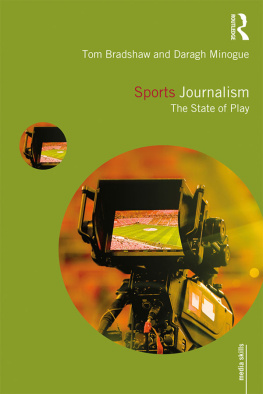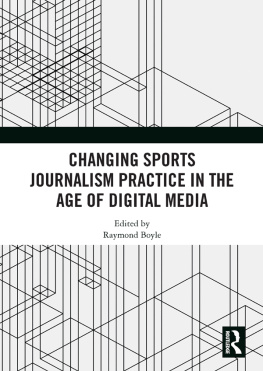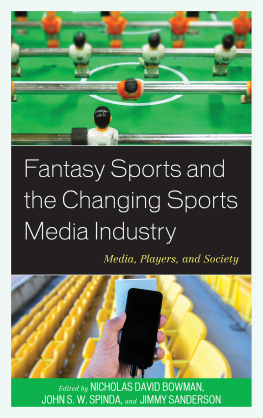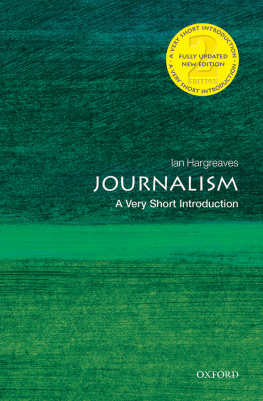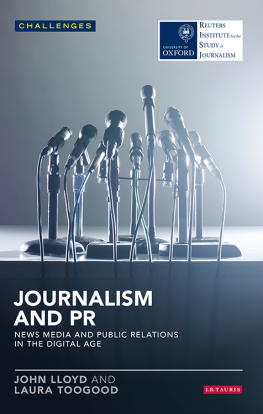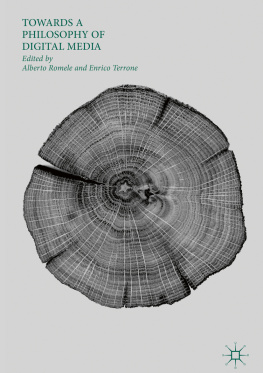Anthem Press
An imprint of Wimbledon Publishing Company
www.anthempress.com
This edition first published in UK and USA 2020
by ANTHEM PRESS
7576 Blackfriars Road, London SE1 8HA, UK
or PO Box 9779, London SW19 7ZG, UK
and
244 Madison Ave #116, New York, NY 10016, USA
Copyright Sam Duncan 2020
The author asserts the moral right to be identified as the author of this work.
All rights reserved. Without limiting the rights under copyright reserved above,
no part of this publication may be reproduced, stored or introduced into
a retrieval system, or transmitted, in any form or by any means
(electronic, mechanical, photocopying, recording or otherwise),
without the prior written permission of both the copyright
owner and the above publisher of this book.
British Library Cataloguing-in-Publication Data
A catalogue record for this book is available from the British Library.
Library of Congress Control Number: 2020941010
ISBN-13: 978-1-78527-505-0 (Hbk)
ISBN-10: 1-78527-505-4 (Hbk)
This title is also available as an e-book.
It was the late Australian journalist Les Carlyon who, when referring to the troubles of modern journalism, said:
Sloppy writing and editing, advocacy masquerading as reporting, gossip masquerading as reporting, stories that abound in loose ends and clichs, stories that are half-right, stories that insult the readers intelligence. (Carlyon )
Known for his love of storytelling, Carlyons unique way with words and his unwavering belief that if you get the words right, the rest the profits, the circulation, the ads will come to you, lamented the turn the profession he had dedicated his life to was taking in the new, disruptive online world (Carlyon ).
Aged in his 60s with 40 years of experience when he made his observations about modern journalism, Carlyon was an old-school journalist, valuing the written word, its power, detail and correctness far more than the way it was packaged. For Carlyon, if a story were skilfully crafted and written, it would not need sensationalism to sell. Rather, it would be a sensational story.
His other great love was sport, in particular horse racing. He wrote extensively about the sport of kings, its characters heroes and villains and how they reflect the society in which they exist.
But as we entered the digital world, Carlyon rightly sensed that disruption was upon us. Online news was different than newspapers. Social media was different again. New, digital-only organisations were popping up, attracting advertising revenues and pushing out content to its online consumers at a far more rapid pace than anything Carlyon had previously seen (Carlyon ).
For Carlyon, this disruption was also disturbing. It had compromised the art of storytelling, the time taken to investigate important news and the depth of thought-provoking analysis. Journalists were rushed, stretched, lacking curiosity and too often appealing to the lowest common denominator to generate clicks.
).
Of course, even if you disagree with Carlyons concerns about modern journalism, it is indisputable that the world of digital media has transformed the media industry and everything within the organisations, the professions, the people. But more than that, it has also transformed other powerful industries, including sports industries around the world. Carlyon used to marvel at how sport resonated with people because the games of a nation, and the issues within it, would tell the people something relevant and relatable about themselves.
This fact may still be accurate, but the sports, the storytellers and the platforms we use to connect with sport and each other are all different. Today, a teenager in Sydney can watch a National Basketball Association (NBA) game in New York on his mobile phone while chatting to fellow fans who might be in London, Paris, Tokyo or Los Angeles. Furthermore, a fan can follow live blogs from a superfan based in Chicago who is offering expert analysis or opinion or even breaking news.
Fans might then watch post-match analysis programs or player interviews via the NBA website or YouTube channels of the competing teams. If fans only want shorter, punchier highlight packages, they might simply refer to Facebook or Twitter. For the reactions from the athlete who scored the winning goal, fans can go straight to the source, with the athlete tweeting to millions of fans only seconds after the game finishes.
The options are ubiquitous and, mostly, digital. The reality is, the sports fan can now consume hours upon hours of sports-related content, including watching live games, without interacting with a traditional or mainstream news outlet even once.
The consequences of this change have been profound for global sports, the fans and communities that support them and, in particular, the media that report and comment on them. The sports markets are now more cluttered as fans in one country turn their attention to sports overseas, which previously went unseen. The media industry, too, is increasingly dynamic, with old media conventions and business models turned on their heads. Newspapers, radio stations and television networks have converged, and digital-only websites, specialising in niche content, are attracting both consumers and advertisers, leaving some traditional news outlets on their knees.
Sports-related content is churned out at an increasingly rapid pace in an attempt to meet the unquenchable thirst of consumers who crave and expect regular, interesting, valuable content whenever they pick up their phones to check whats trending on social media. To be heard or seen or to simply stand out from the crowd, content creators and news organisations alike have adopted a range of tactics, many of which had Carlyon shaking his head in dismay. The content is often packaged, popularised and, worse, sensationalised. How else are they expected to attract consumers to their content in such a cluttered, competitive, crowded market?
And, in an age of fragmented audiences and advertising revenue, journalists and content creators are now often working in under-resourced newsrooms to shorter and shorter deadlines, which has fundamentally changed the type, tone and even quality of the news cycle. These issues are discussed and explored extensively in this book, using a range of academic studies, sports-related examples and, importantly, the insights of sports media professionals and sports fans.
The Study of Sports Media
This study is both important and unique. While a significant body of work focusing on the sports media industry and, more particularly, sports journalism exists, few scholars have provided an in-depth analysis of how digital and social media have transformed the sports media industry, its traditional norms, culture, business models and professional practices. The existing body of work, while significant, falls short of examining the disruption caused by digital media and the subsequent challenges and opportunities that confront the sports media industry. Interestingly, much of the analysis about sports journalism comes from scholars and academics more aligned to the field of media and communications than journalism. Yet, most of these critical texts are far more skewed towards discussing the sports journalist rather than the broader industry and the various and varied players within it (Rowe ).





